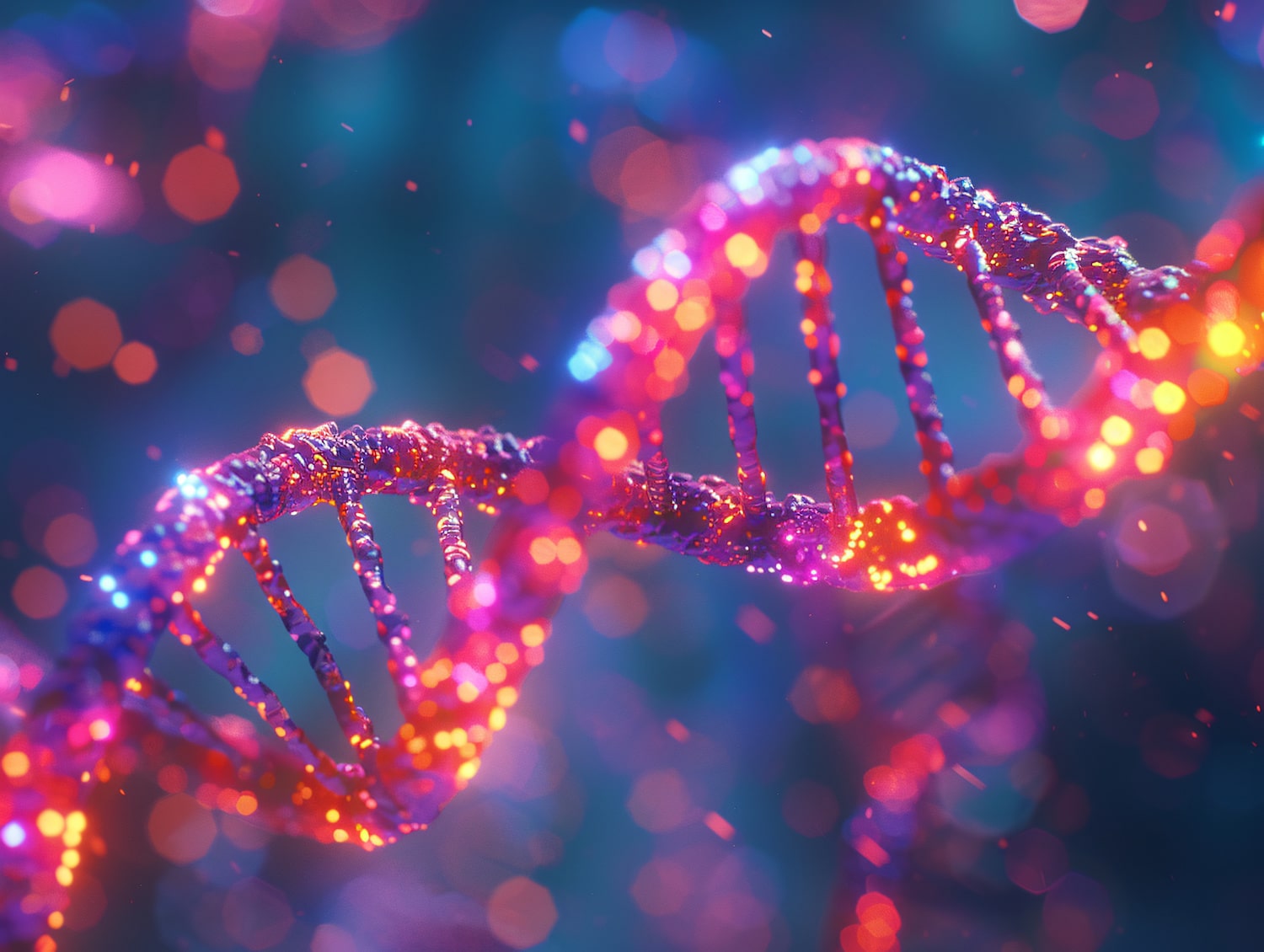
Alcohol use disorder affects millions of people throughout the United States, across all races, sexual orientations, socioeconomic levels, and gender identities. After a sharp spike in cases in 2020, the number of people reporting an alcohol use disorder has held steady over the past few years. In 2022, 29.5 million people met the criteria for alcohol use disorder, an alarming 10% of the population.1
This condition affects a greater number of people than one might realize. If 1 in 10 people have alcohol use disorder, chances are you know at least one person struggling with a dependency on alcohol. Thankfully, long-term sobriety is possible with the right interventions and treatments. Getting sober and committing to recovery gives people the opportunity to find freedom from the grips of addiction.
On its own, quitting drinking isn’t enough to spur continued sobriety; alcohol recovery typically occurs in stages. Understanding these stages helps you know what to expect if you or a loved one are ready to stop drinking.
What is Alcohol Use Disorder?
Alcohol use disorder (AUD) is a chronic medical condition. It is characterized by an ongoing struggle to control the amount and frequency of your drinking, despite the negative physical, social, or professional consequences it causes. Other terms for AUD include alcohol addiction, alcohol dependence, and alcoholism. Clinicians classify AUD as mild, moderate, or severe depending on how much the condition affects a person’s life.
Chronic heavy drinking can lead to lasting changes in the brain that increase a person’s risk of developing a physical and psychological dependency on alcohol. Alcohol addiction can make it extremely hard for a person to stop drinking because of the painful and dangerous withdrawal symptoms they experience.
Alcohol withdrawal symptoms can range from mild or moderate (restlessness, fatigue, irritability, nausea, sweating) to severe and potentially life-threatening (hallucinations, convulsions, high blood pressure, delirium tremens). People with alcohol use disorder should always consult their doctor before trying to detox outside of a medically supervised environment.
Signs of Alcohol Use Disorder
AUD affects people from all walks of life, parts of the world, socioeconomic statuses, and career paths. It does not discriminate, and it doesn’t always reflect common stereotypes.
Although AUD doesn’t follow a strict pattern, the Diagnostic and Statistical Manual of Mental Disorders (DSM-V) outlines some definite criteria for diagnosing it.
These include:
- Drinking more or for longer periods than intended
- Wanting to slow down, cut back on, or quit drinking but not being able to
- Spending a lot of time drinking, being sick from drinking, or getting over the effects of alcohol
- Having such a powerful urge to drink that you can’t think of anything else (cravings)
- Noticing that drinking, or being sick from drinking, interferes with your responsibilities at home, work, or school
- Continuing to drink despite it causing problems in your close relationships
- Giving up or cutting back on activities or hobbies you enjoy in favor of drinking
- Getting into dangerous situations when under the effects of alcohol (i.e. driving, gambling, fighting, destroying property, engaging in unsafe sexual behavior)
- Continuing to drink despite it causing new health problems or making existing health problems worse
- Needing to drink more to achieve the same desired “high” (tolerance)
- Experiencing withdrawal symptoms when the effects of alcohol wear off (e.g., shakiness, tremors, restlessness, nausea, trouble sleeping, racing heart rate, sweating)
Meeting any of these criteria necessitates a closer look at how you interact with and rely on alcohol. Meeting multiple criteria could mean you have an alcohol use disorder. Two to three of the above symptoms qualify as mild AUD, four to five symptoms can mean moderate AUD, and six or more could translate to severe AUD.
Stages of Alcohol Recovery
If you meet at least two of the criteria for an alcohol use disorder, it may be time to examine your relationship with alcohol. If you’ve tried and failed to quit drinking before–either because of your cravings or because of the discomfort of your withdrawal symptoms–you may need some help navigating the initial steps to sobriety and the stages of alcohol recovery that follow.
Remember: lasting recovery is an ongoing process; you aren’t free from your alcohol addiction the moment you become sober. You have to address the underlying mental and emotional causes of your alcohol dependence.
While recovery is a unique and personal journey that doesn’t always follow a linear path, there are some common stages in the addiction recovery timeline.
The Transtheoretical Model (also called the Stages of Change) outlines the following stages of addiction recovery:
Precontemplation
In this stage of addiction recovery, a person does not acknowledge that their drinking is a problem, and they have no intention of seeking treatment anytime soon. They may defend their behaviors and deny that their addiction has negatively affected them or their loved ones. Typically, a person progresses out of the pre-contemplation stage when a major life change or continued pressure from loved ones forces them to acknowledge the detrimental effects of their drinking.
Contemplation
In this stage, a person recognizes that their drinking is problematic and is considering a timeline for quitting. Even so, they aren’t quite ready to take the necessary steps to change their behaviors. They might weigh the pros and cons of drinking while continuing to try to self-moderate their alcohol consumption.
Preparation
In the Preparation stage, a person knows they need to make an urgent change to their behavior, and they are ready to take action. During this stage, people typically start researching treatment options, seeking support, or setting goals for themselves.
Action
The action stage is where a person takes measurable steps to address and overcome their alcohol addiction. This can mean entering a treatment program, attending support groups, or making lifestyle changes. This is the most important stage of alcohol recovery because it sets the foundation for the rest of the recovery journey. Fully committing to the action stage takes significant effort and commitment, but it is essential to ending the cycle of alcohol addiction.
Maintenance
In this stage, the person has achieved sobriety, and they are focused on sustaining their recovery and preventing relapse. They work towards maintaining sobriety through a combination of things, such as managing stress, employing coping skills, and building a sober support network. Continued participation in support groups, counseling, or an alumni program is crucial to success in this stage.
Getting Sober: Finding Treatment for Alcohol Abuse and Recovery
It’s important to emphasize that recovery from alcohol addiction is not a one-size-fits-all process. You might shift through different stages of the addiction cycle multiple times. You may relapse and need to start the stages of recovery again. No matter the shape or trajectory of your recovery journey, you can always recommit yourself and continue trying.
Many times, alcohol abuse treatment programs are a vital step for people seeking freedom from alcoholism. Addiction treatment facilities can provide a safe, compassionate place to detox and undergo treatment that will help you build a solid base for a healthy, sober life.
Programs like those at Steps to Recovery are designed to help individuals struggling to overcome alcohol use disorder on their own.
Reach out today and find a facility near you to get the help you need and deserve.
References
- Substance Abuse and Mental Health Services Administration. (2023). 2022 National Survey on Drug Use and Health.
- National Institute on Alcohol Abuse and Alcoholism. (2024). Understanding Alcohol Use Disorder.
Explore this article:
Explore Our Facilities
Drug and alcohol detox and residential treatment for addiction and mental health disorders
Outpatient treatment center for substance use disorder and mental health disorders
Outpatient treatment center for substance use disorder and co-occurring mental health disorders







